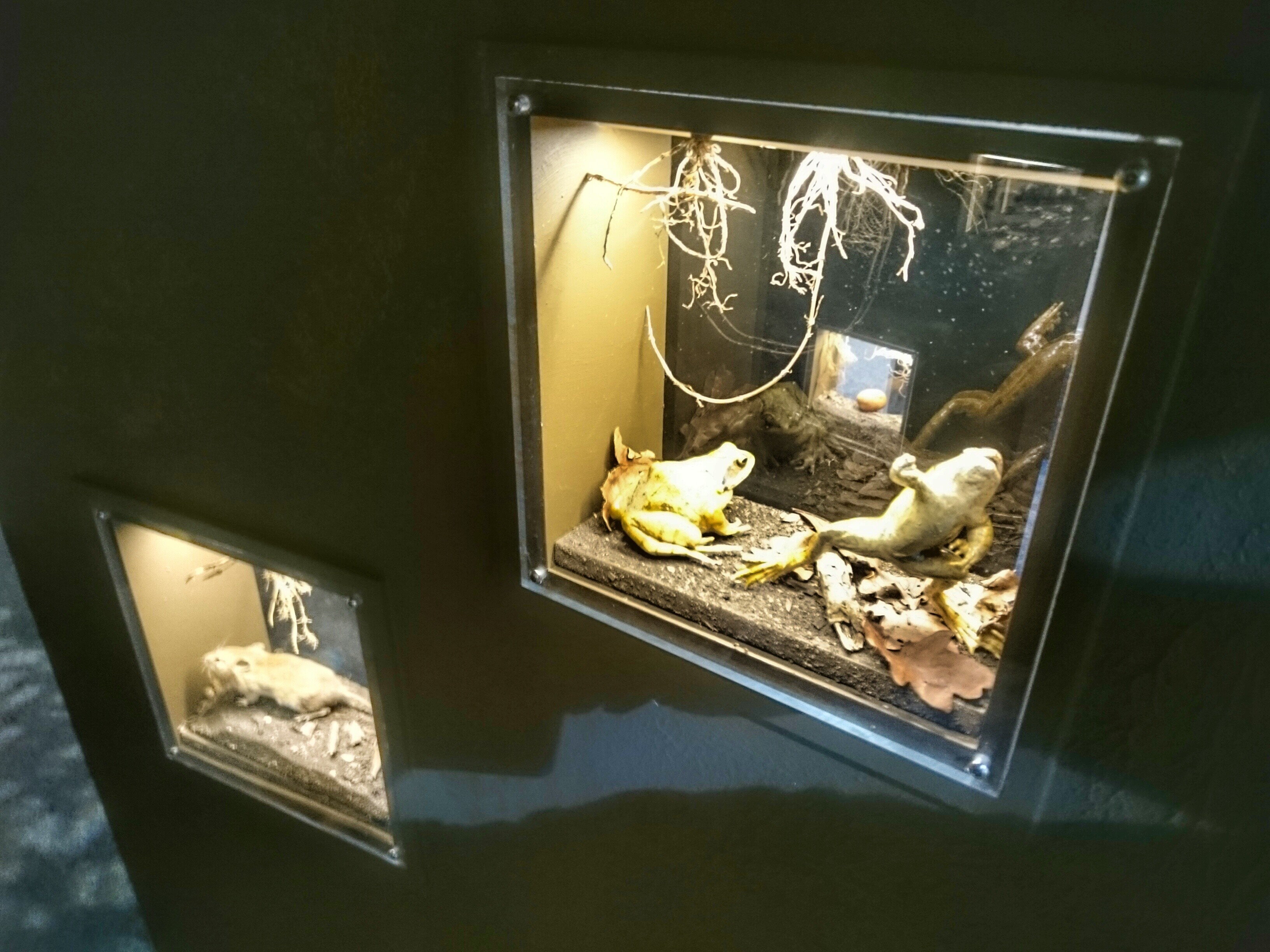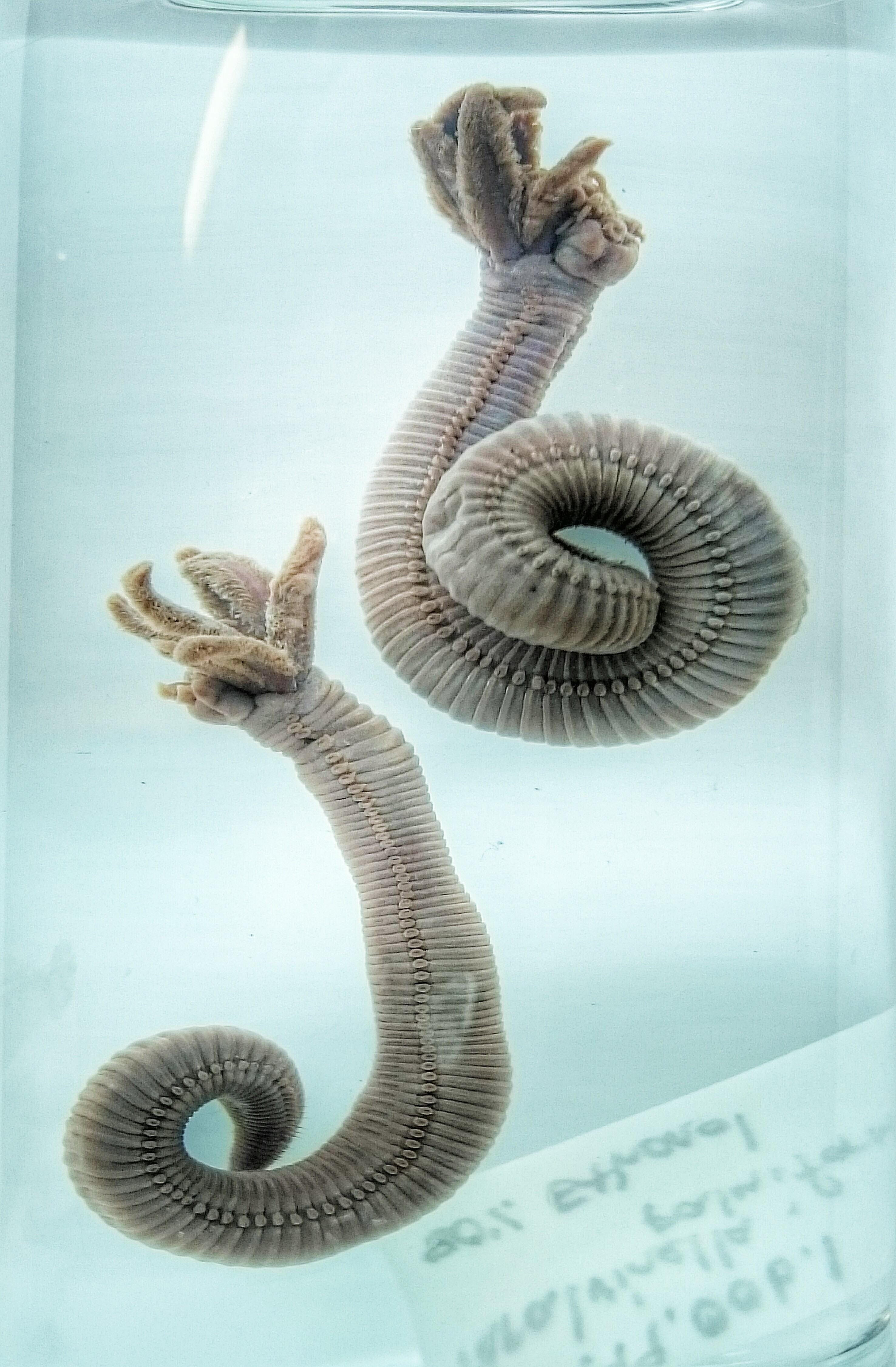National Museum Cardiff’s 1980 sculpture exhibition for blind visitors
, 8 August 2016
Did you know that an exhibition of sculpture for the blind was held at National Museum Cardiff in 1980?
Neither did I until a colleague of mine mentioned it recently. Intrigued, I did some digging to find out more.
The exhibition was the first of its kind in the Museum. It brought together 10 sculptures of different materials and textures which blind and visually impaired visitors were invited to touch. Rodin's 'Illusions Fallen to Earth', and Frederic Leighton's 'Needless Alarm', which shows a nude female figure startled by a frog, were among the works on display.
To protect the works, a thin layer of burnished wax was applied and visitors wore gloves with the fingertips cut off to reduce the risk of damage from rings or watches. It would be interesting to know what conservators today would advise!
Rubber mats and carpets were used to help lead visitors to the plinths, and the Museum's Friends were on hand to guide visitors around and engage them in conversation about the works.
To complement the exhibition and add a multisensory dimension there was also a display of seasonal scented plants and spices from the Botany collection!
Even though this exhibition was held almost 40 years ago, it is interesting how little has changed. All of the challenges they faced back then – how to strike a balance between conservation and accessibility, how to help orientate visitors, and introducing a multi-sensory element – are ones we’ve been thinking about recently.
We haven’t got a new exhibition planned (although it’s something to think about for the future!), but we have been working with members of Cardiff Institute for the Blind on a series of audio description tours. These tours will be offered to blind and visually impaired visitors starting this October.



















